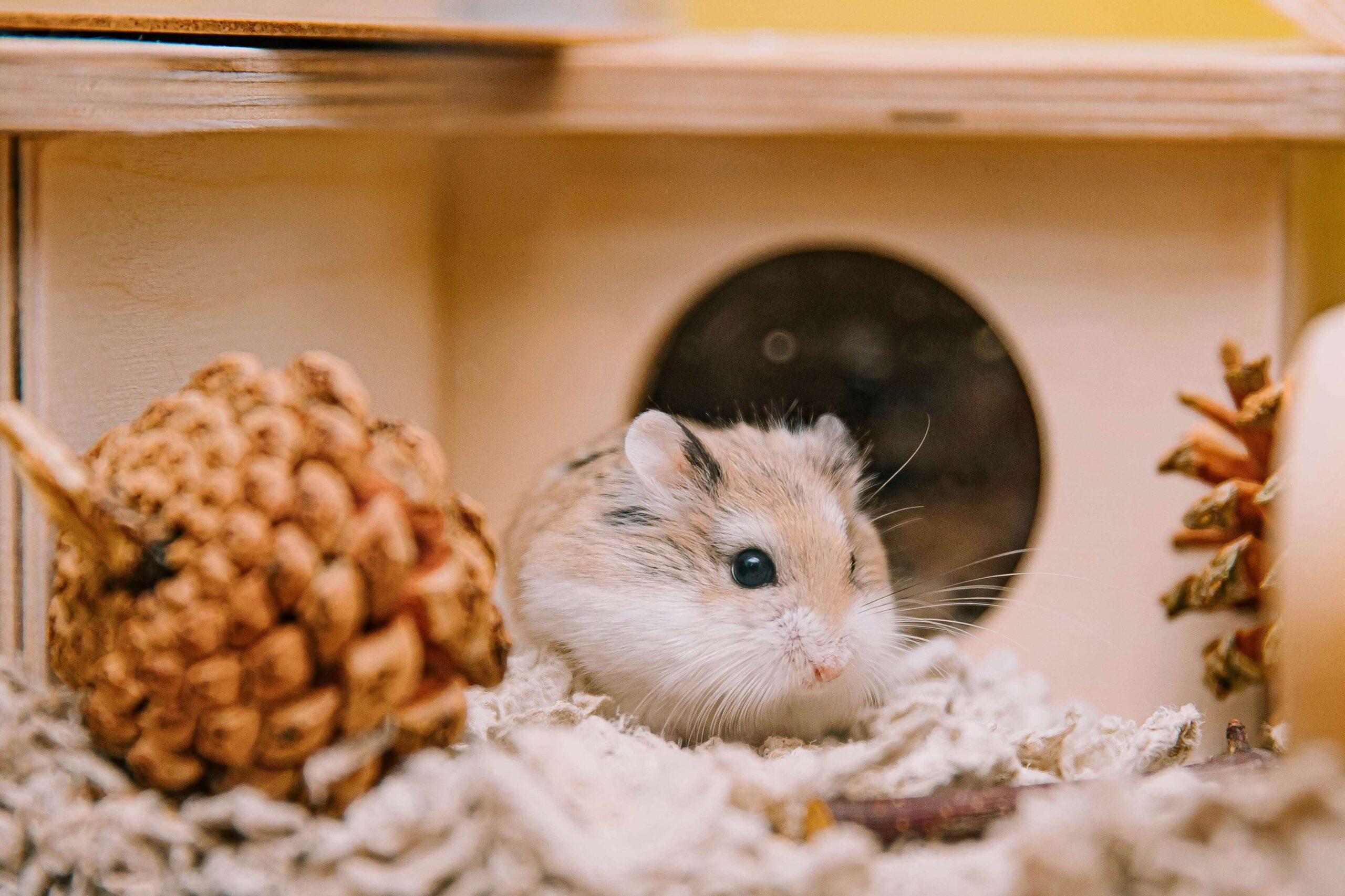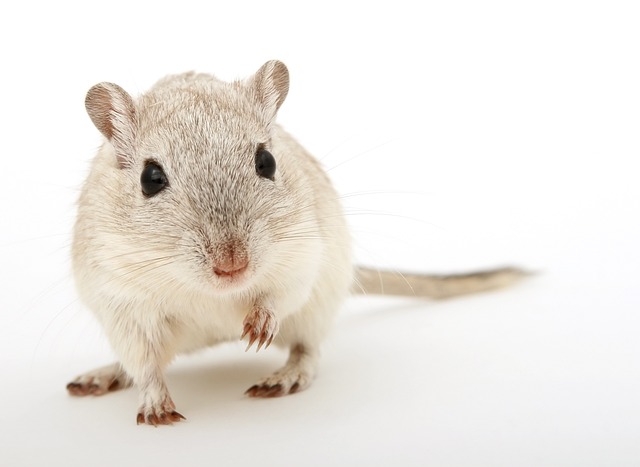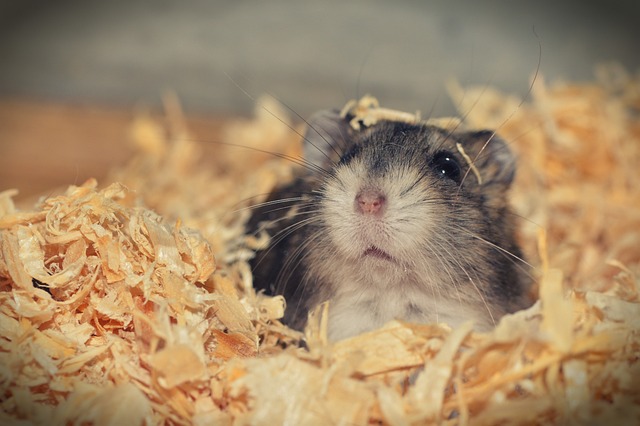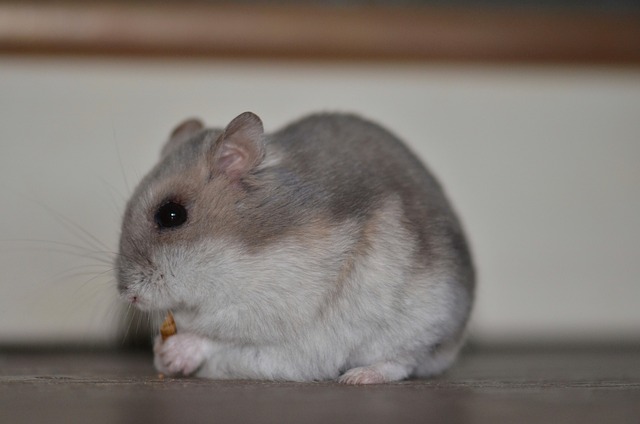5 Tips of Hamsters Care – Hamsters.pk
Providing a Spacious and Comfortable Habitat
When it comes to caring for your hamster, one of the most important aspects is providing them with a spacious and comfortable habitat. A properly designed living space will ensure your furry friend remains happy, healthy, and active. In this article, we’ll discuss the essential elements of creating an ideal home for your hamster.
Choose the Right Cage Size
The first step in creating a comfortable habitat for your hamster is selecting an appropriately sized cage. Hamsters require ample space to move around, play, and explore. A general rule of thumb is to choose a cage that provides at least 450 square inches of floor space for your hamster. However, bigger is always better when it comes to hamster cages.
Provide a Deep Bedding Layer
Hamsters love to burrow and create tunnels, so it’s crucial to provide them with a deep layer of bedding material. Aim for a depth of at least 4-6 inches to allow your hamster to engage in their natural digging behavior. Use safe and comfortable bedding materials such as unscented paper-based bedding or aspen wood shavings.
Include Hiding Spots and Nesting Areas
Hamsters need a place to feel secure and cozy within their habitat. Include several hiding spots and nesting areas throughout the cage. You can use small wooden houses, ceramic hideouts, or even cardboard boxes filled with soft bedding material. These spaces will give your hamster a sense of security and a place to rest.
Offer Proper Ventilation and Temperature Control
Adequate ventilation is essential to maintain a healthy living environment for your hamster. Choose a cage with wire mesh sides to allow for proper air circulation. Avoid cages with solid plastic walls, as they can trap moisture and lead to respiratory issues. Additionally, keep your hamster’s cage in a room with a stable temperature between 65-75°F (18-24°C) and away from direct sunlight or drafts.
Add Enrichment Items and Toys
To keep your hamster mentally stimulated and physically active, incorporate various enrichment items and toys into their habitat. Include an exercise wheel, tunnels, climbing ladders, and chew toys made from safe materials like untreated wood or hemp. Rotate these items regularly to prevent boredom and encourage exploration.
By following these guidelines and creating a spacious, comfortable, and enriching habitat for your hamster, you’ll ensure that your furry companion thrives under your care. Remember, a well-designed living space is the foundation for a happy and healthy hamster.
Maintaining a Balanced and Nutritious Diet
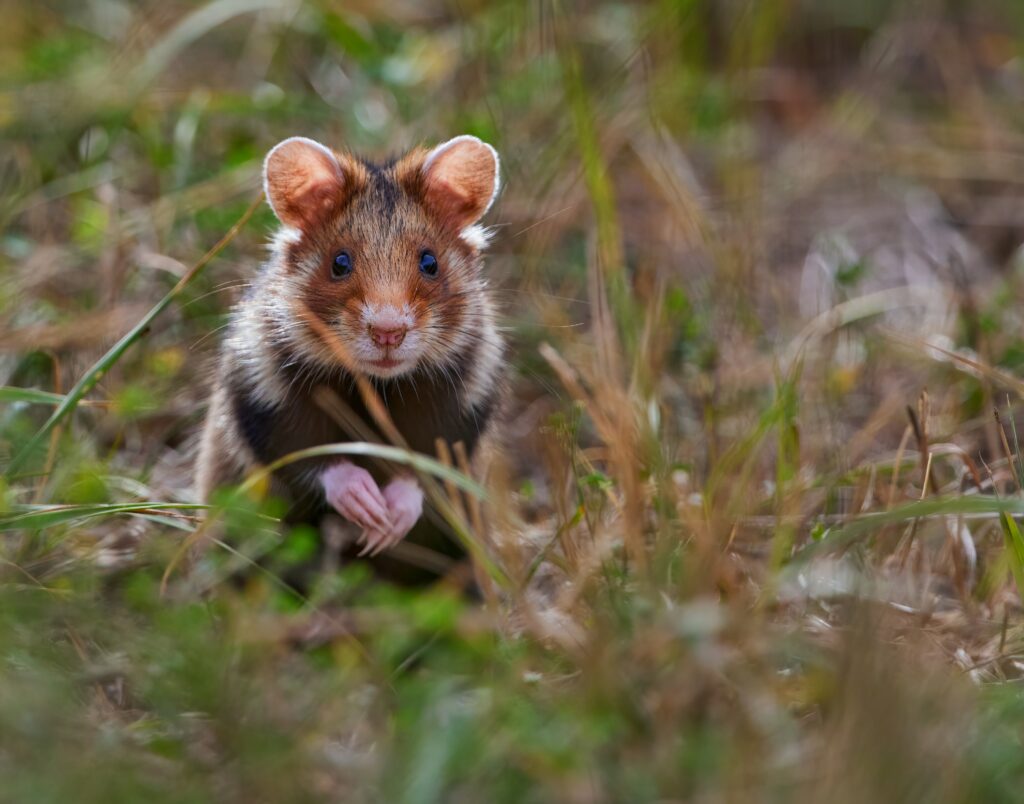
Proper nutrition is crucial for the overall health and well-being of your hamster. By providing a balanced and nutritious diet, you can ensure that your furry friend receives all the essential nutrients needed for growth, development, and vitality. In this article, we’ll explore the key components of a healthy hamster diet and offer tips on how to maintain it.
Choose a High-Quality Hamster Food
The foundation of your hamster’s diet should be a high-quality, commercially prepared hamster food. Look for a product that contains a balanced mix of protein, carbohydrates, and fat, as well as essential vitamins and minerals. Avoid foods high in sugar or artificial additives, as these can lead to obesity and other health issues.
Provide Fresh Fruits and Vegetables
In addition to their staple diet, hamsters benefit from small amounts of fresh fruits and vegetables. These foods offer a variety of nutrients and can help keep your hamster’s diet interesting. Some safe options include cucumber, carrots, leafy greens, and small pieces of apple or pear. Introduce new foods gradually and in moderation to prevent digestive upset.
Offer Occasional Protein Sources
Hamsters are omnivores and require some protein in their diet. While their primary food should provide adequate protein, you can occasionally offer small amounts of cooked egg, mealworms, or crickets as a treat. Be cautious not to overfeed protein, as it can lead to health problems.
Limit Fatty and Sugary Treats
It’s tempting to spoil your hamster with treats, but it’s essential to do so in moderation. Fatty and sugary treats like seeds, nuts, and store-bought snacks should be limited, as they can contribute to obesity and other health issues. When offering treats, opt for healthier options like small pieces of unsweetened whole-grain cereal or hamster-safe fruits and vegetables.
Provide Fresh, Clean Water Daily
Fresh, clean water is essential for your hamster’s health. Provide a water bottle with a sipper tube attached to your hamster’s cage, and ensure that it’s filled with fresh water daily. Clean the water bottle and sipper tube regularly to prevent the buildup of bacteria.
Monitor Your Hamster’s Weight and Adjust Portions
Regularly monitor your hamster’s weight to ensure they maintain a healthy body condition. If your hamster appears to be gaining or losing weight, adjust their food portions accordingly. A healthy adult hamster should have a slightly rounded body shape with no visible bones or excessive fat deposits.
By following these guidelines and providing a balanced, nutritious diet, you’ll help ensure your hamster remains healthy and happy. Remember, every hamster is unique, and their dietary needs may vary based on factors such as age, breed, and activity level. If you have any concerns about your hamster’s diet or health, consult with a veterinarian experienced in small animal care.
Ensuring Regular Exercise and Playtime
Regular exercise and playtime are essential components of your hamster’s overall well-being. Not only do these activities promote physical health, but they also provide mental stimulation and help prevent boredom and stress. In this article, we’ll discuss the importance of exercise and playtime for your hamster and offer tips on how to incorporate these activities into their daily routine.
Provide an Appropriately Sized Exercise Wheel
One of the most important items in your hamster’s habitat is an appropriately sized exercise wheel. Hamsters are naturally active creatures and require a safe space to run and expend their energy. Choose a solid-surface wheel that is large enough for your hamster to run comfortably without arching their back. Avoid wire wheels, as they can cause injury to your hamster’s feet.
Offer a Variety of Toys and Playtime Activities
In addition to an exercise wheel, provide your hamster with a variety of toys and playtime activities to keep them mentally stimulated and physically active. Some great options include:
- Tunnels and tubes: Hamsters love to explore and navigate through tunnels. Offer a variety of safe, chewable tunnels made from materials like cardboard or wood.
- Climbing toys: Incorporate ladders, bridges, and platforms to encourage climbing and exploration.
- Chew toys: Hamsters have continuously growing teeth and need to chew to keep them trimmed. Provide safe, chewable toys made from untreated wood, coconut shells, or hemp.
- Foraging toys: Hide treats or food pellets in puzzles or foraging toys to encourage your hamster to search and work for their food.
Allow for Daily Out-of-Cage Playtime
While a well-equipped habitat is essential, it’s also important to provide your hamster with daily out-of-cage playtime. This allows them to explore a new environment, exercise different muscle groups, and bond with you. Create a safe, enclosed playpen area and supervise your hamster at all times during playtime. Ensure that the area is free from hazards and escape routes.
Encourage Interaction and Bonding
Playtime is also an excellent opportunity to interact and bond with your hamster. Sit near their playpen and allow them to approach you on their own terms. Offer treats and gentle pets when your hamster feels comfortable. Consistent, positive interactions will help build trust and strengthen your relationship.
Monitor Your Hamster’s Activity Levels
Regularly monitor your hamster’s activity levels to ensure they are getting enough exercise and playtime. A healthy hamster should be active and alert during their waking hours. If you notice a decrease in activity or signs of lethargy, consult with a veterinarian to rule out any potential health issues.
By providing your hamster with regular exercise and playtime opportunities, you’ll help keep them physically fit, mentally stimulated, and emotionally content. Remember to tailor these activities to your hamster’s individual needs and preferences, and always prioritize their safety and well-being.
Keeping Your Hamster’s Environment Clean and Hygienic
Maintaining a clean and hygienic environment for your hamster is crucial for their health and well-being. A dirty or unsanitary habitat can lead to various health issues, including respiratory problems, skin irritations, and bacterial infections. In this article, we’ll discuss the key aspects of keeping your hamster’s living space clean and offer tips on establishing a regular cleaning routine.
Spot Clean Daily
To keep your hamster’s habitat fresh and hygienic, perform daily spot cleaning. This involves removing any soiled bedding, uneaten food, and droppings from the cage. Pay special attention to areas where your hamster tends to urinate or defecate, as these spots can quickly become breeding grounds for bacteria. Use a small scoop or spoon to remove the dirty material and replace it with fresh bedding.
Deep Clean Weekly
In addition to daily spot cleaning, perform a thorough deep clean of your hamster’s habitat once a week. This involves completely removing all bedding, toys, and accessories from the cage. Wash the empty cage, including the base, shelves, and any removable components, with hot, soapy water. Rinse everything thoroughly and allow it to dry completely before reassembling the habitat.
Replace Bedding Regularly
During the weekly deep clean, replace all the bedding in your hamster’s cage with fresh, clean material. This helps prevent the buildup of harmful bacteria and keeps the habitat smelling fresh. Be sure to use a safe, absorbent bedding material such as unscented paper-based bedding or aspen wood shavings. Avoid cedar or pine shavings, as they can be harmful to your hamster’s respiratory system.
Clean and Disinfect Toys and Accessories
Regularly clean and disinfect your hamster’s toys, wheels, and other accessories to prevent the spread of germs. Use hot, soapy water to scrub these items, paying special attention to any crevices where dirt and bacteria can accumulate. For plastic or metal items, you can also use a pet-safe disinfectant to ensure thorough cleaning. Rinse the items well and allow them to dry completely before returning them to your hamster’s habitat.
Maintain a Clean Food and Water Supply
Your hamster’s food and water supply should be kept clean and fresh at all times. Wash food bowls and water bottles daily with hot, soapy water and rinse them thoroughly. Refill the water bottle with fresh, clean water and provide fresh food according to your hamster’s dietary needs. Discard any uneaten fresh fruits or vegetables within 24 hours to prevent spoilage.
Monitor Your Hamster’s Health
Regular cleaning and hygiene practices can help prevent health issues, but it’s still important to monitor your hamster’s overall health and well-being. Check your hamster daily for any signs of illness or distress, such as lethargy, diarrhea, or abnormal breathing. If you notice any concerning symptoms, consult with a veterinarian experienced in small animal care.
By following these guidelines and establishing a consistent cleaning routine, you’ll help ensure your hamster lives in a clean, hygienic, and healthy environment. Remember, a happy hamster is a healthy hamster, and maintaining a clean habitat is a essential part of responsible pet ownership.


